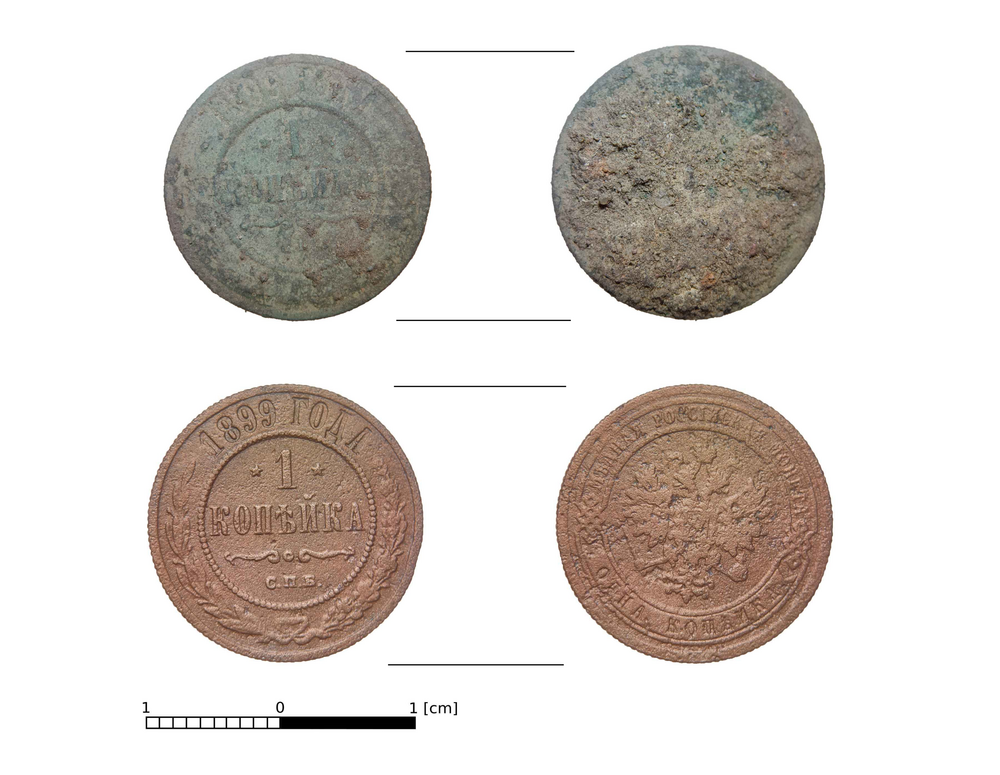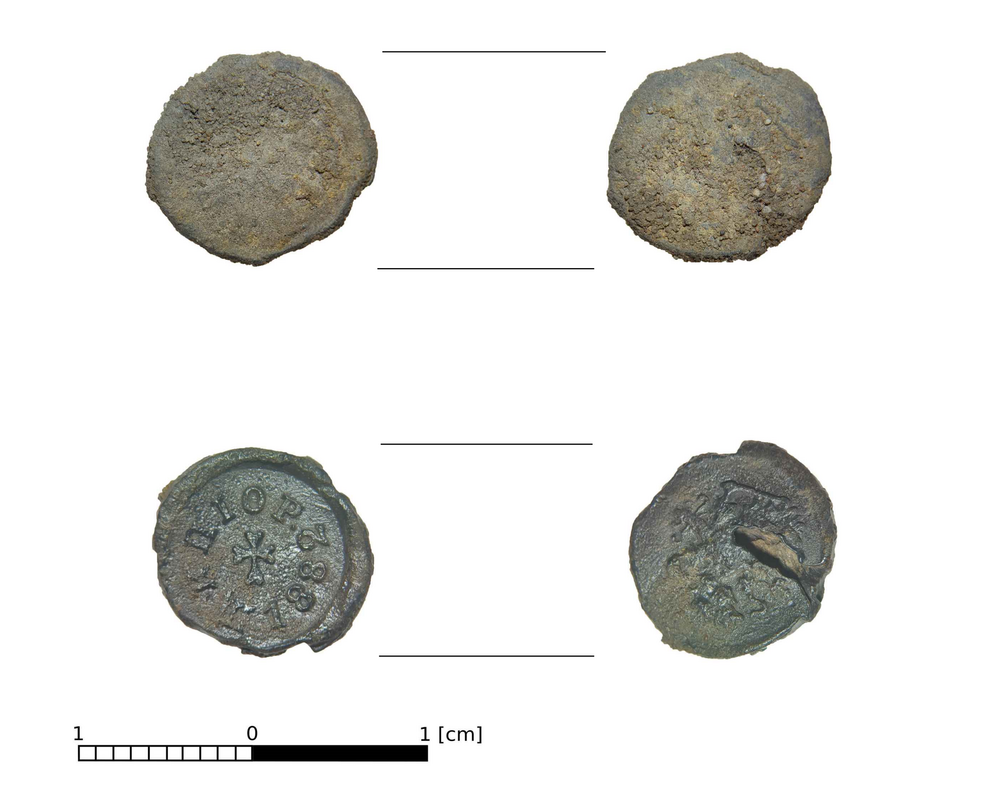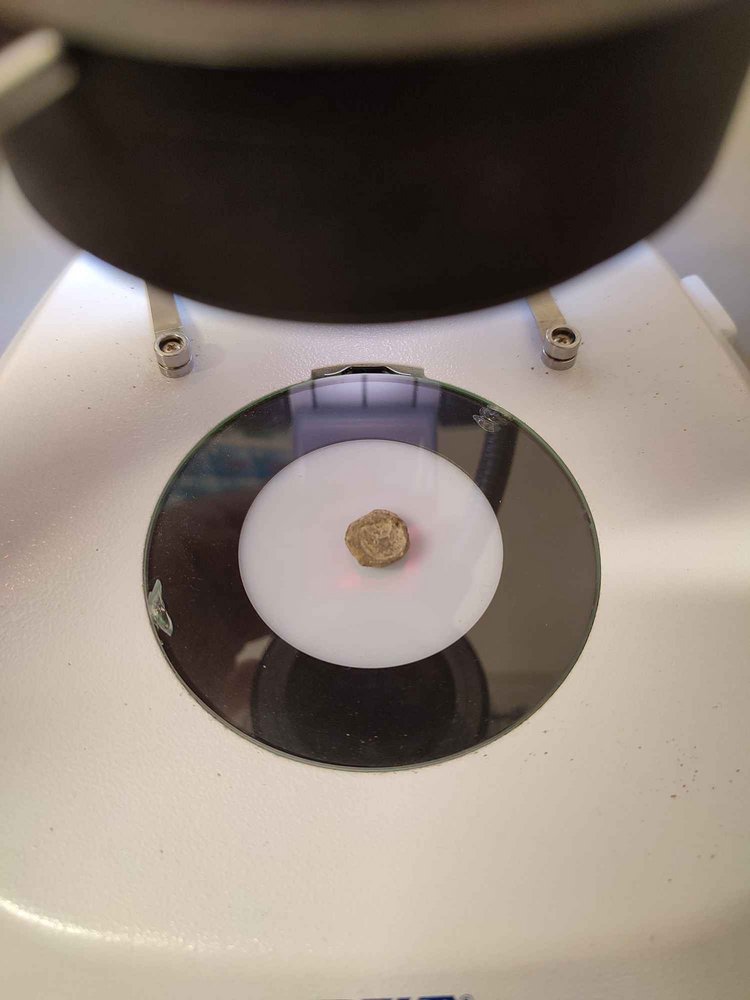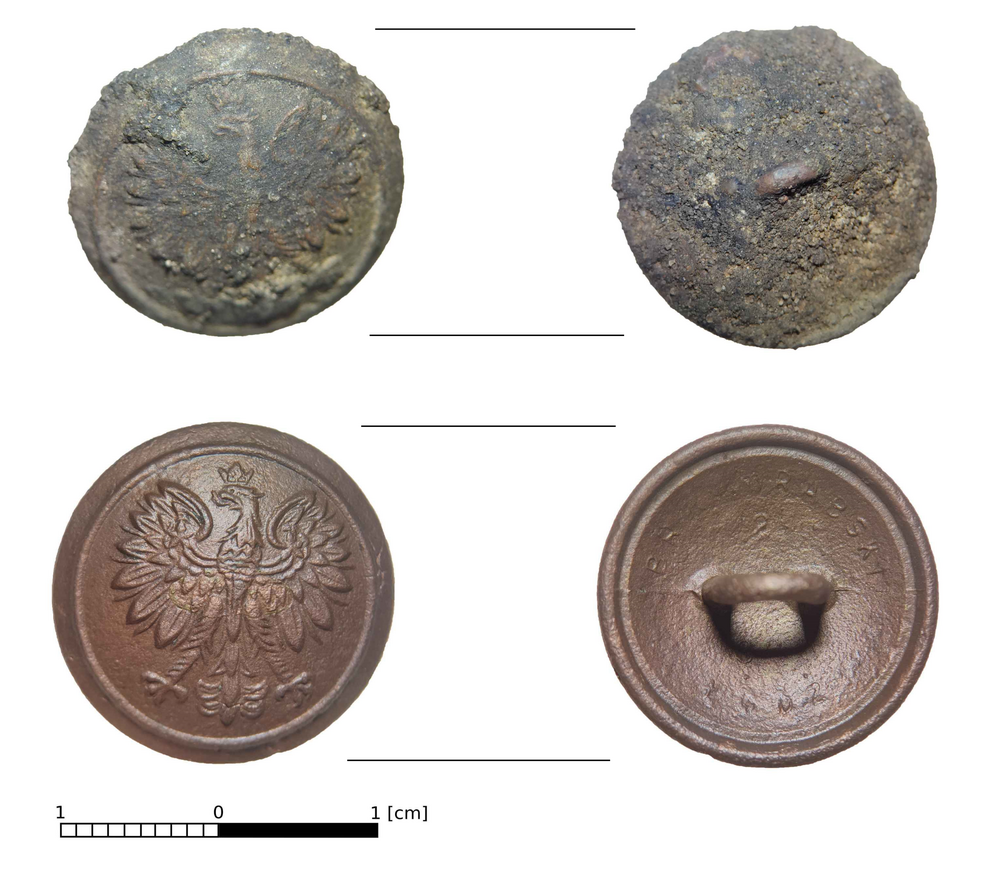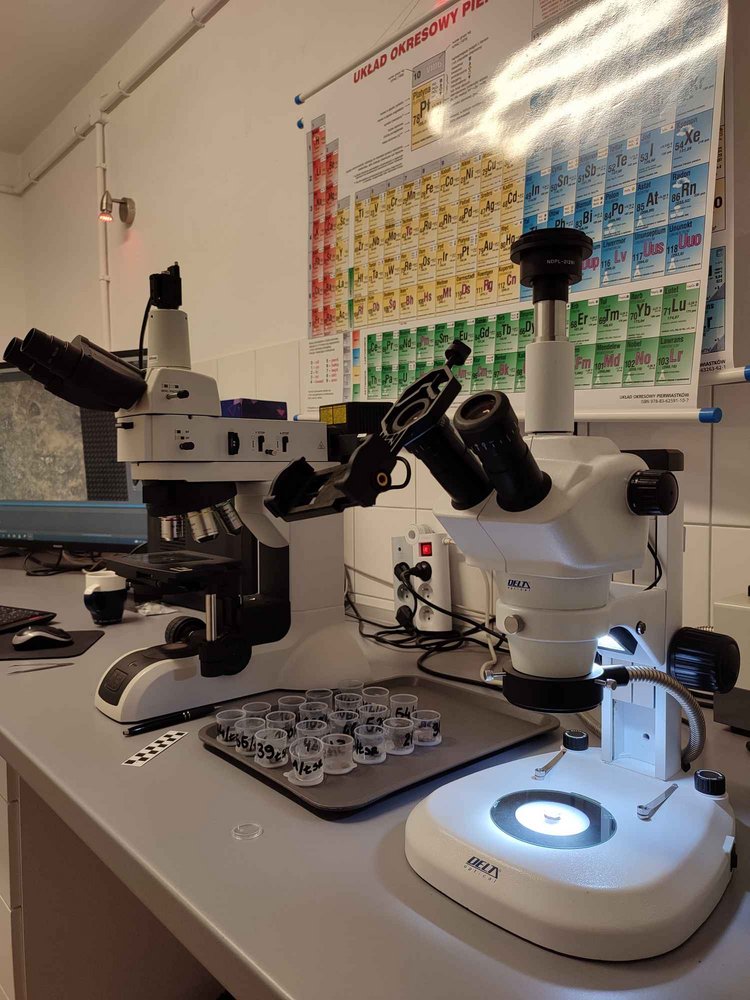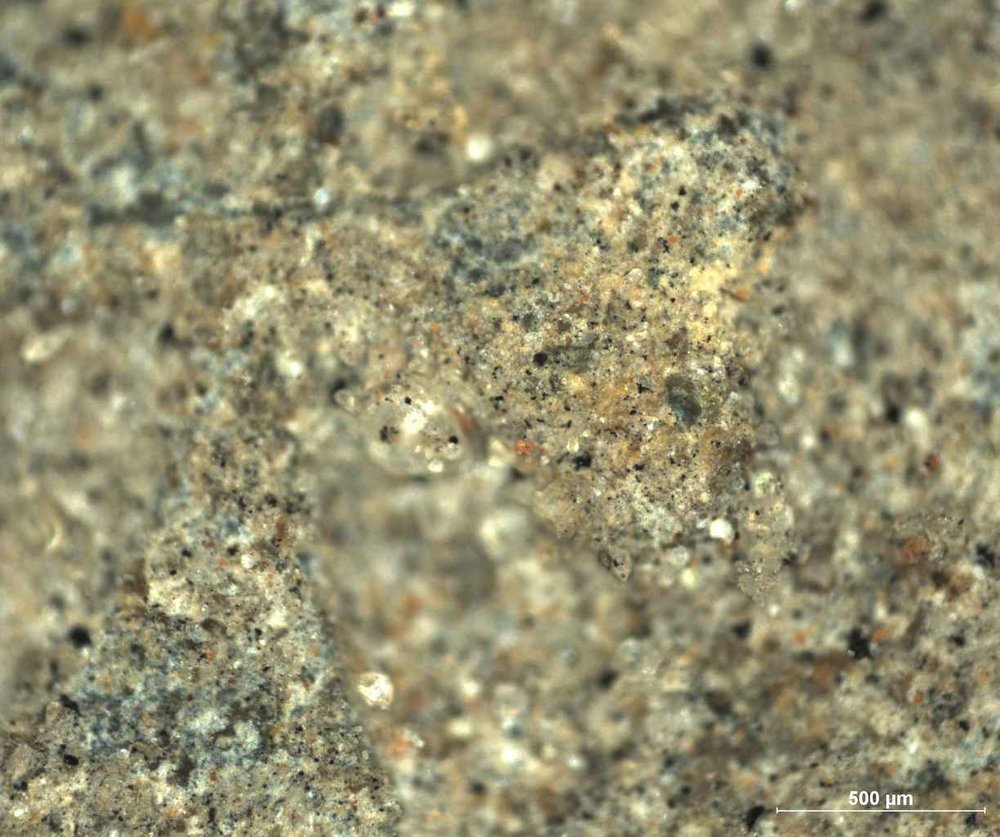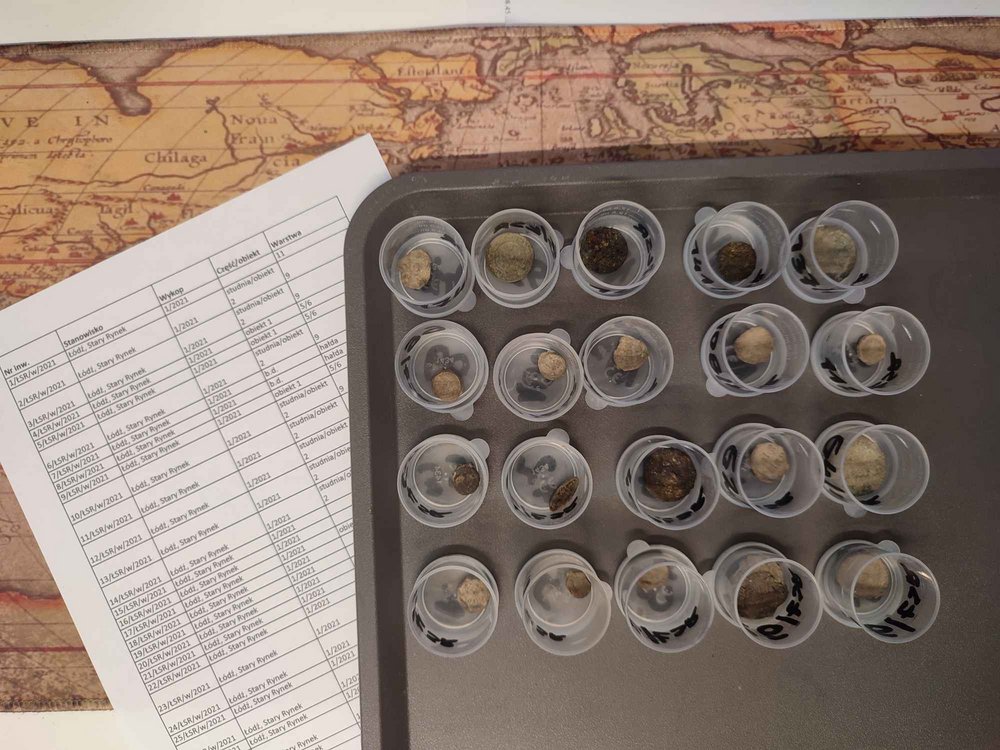Let us remind you that the excavations in the Old Town Square in Lodz, conducted by the scientists and students from the Institute of Archaeology of the University of Lodz under the supervision of dr inż. Artur Ginter, have been performed since12 October this year.
The archaeological work is carried out on an area of approximately 5.5 ares across the entire Old Town Square, which, according to many historians, is the centre of the oldest urban organism in Lodz.
The area of the Old Town Square, its surroundings and adjoining streets have not been archaeologically researched so far. Thus, there is a unique opportunity to find out for the first time whether it was here, and not in Przedbórz on the Pilica River, as it is commonly believed, that in 1423 Lodz was granted city rights.
What items have been found so far in the Old Town Square?
Every day, in successively discovered layers that are traces of ancient human activity in the Old Town Square, archaeologists encounter objects that will make it possible to describe the history of this place more fully.
Among the artifacts that have been found so far, the dominant ones are those made of inorganic materials (clay, metal, glass). Over 200 subjects are assigned to the group of the so-called separate artifacts. These include clamp seals, coins, accessories
says dr inż. Artur Ginter, Faculty of Philosophy and History, UL
Documentation of the findings in a special laboratory at the University of Lodz
Dr Magdalena Majorek from the Laboratory of Dating and Conservation of Artifacts at the Institute of Archaeology of the University of Lodz began securing the artifacts against further destruction and preparing them for exhibition. Their state of preservation before protective treatments are performed is also described (e.g., type and thickness of corrosion layers). The objects are measured and weighed, and some of them are additionally analyzed with an XRF spectrometer to determine what raw material they were made of.
For each of the artifacts, methods to protect them against further destruction are selected individually. In the Laboratory of Dating and Conservation of Artifacts of the University of Lodz, chemical and mechanical methods (including e.g., using a micro sandblasting machine or an ultrasonic cleaner) are used to clean the findings of harmful corrosion products. After cleaning, bathing in corrosion inhibitors and drying, appropriate protective coatings will be applied to them and then they can be exposed.
In laboratory conditions, photographic documentation of the findings is made - macro and micro, including by the use of special microscopes: Nikon Eclipse LV150N and Delta Optical. The first one was purchased for the Laboratory of Dating and Conservation of Artifacts of the University of Lodz for almost PLN 80,000 from the IDUB funds of the University of Lodz for apparatus grants.
The archaeological laboratory of the University of Lodz is a unique laboratory on a national scale, distinguished, among others, by the fact that in addition to the conservation of artifacts, it also carries out luminescent dating of bricks, antique ceramics, tiles and other objects made of clay.
Numismatic items, buttons and appliques from the Old Town Square in Lodz
Currently, the work is underway to secure the first batch of 40 artifacts. This group includes the aforementioned lead seals, coins, buttons and applications. The trademarks found in the Old Town Square in Lodz are round and oval clamp seals of modern and contemporary chronology, with markings in various languages. Numismatic items are represented by items with analogous dating and national and foreign origin. Relatively good condition of preservation will allow for individual identification of majority of the seals and numismatic items and the specification of their origin.
It's already today that the results of archaeological research indicate that the Old Town Square in Lodz was a place where representatives of various cultures from many social groups met and traded.
sums up dr Magdalena Majorek, Laboratory of Dating and Conservation of Artifacts, UL
Source, text and photos: dr Magdalena Majorek, dr inż. Artur Ginter (Laboratory of Dating and Conservation of Artifacts, UL);
